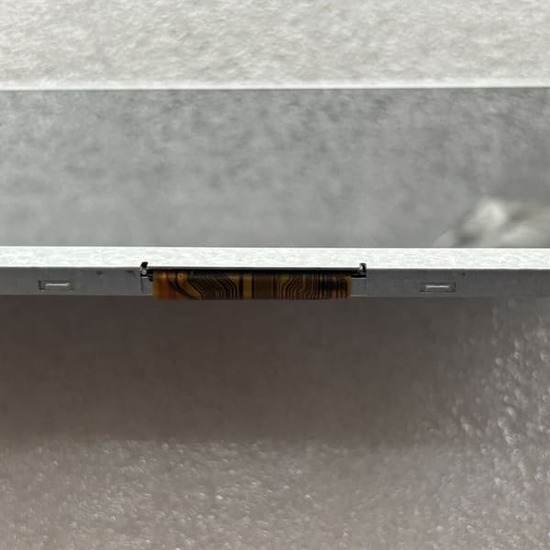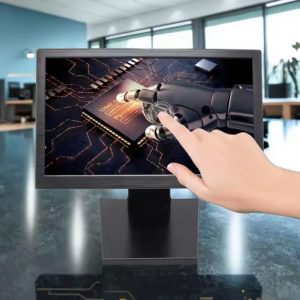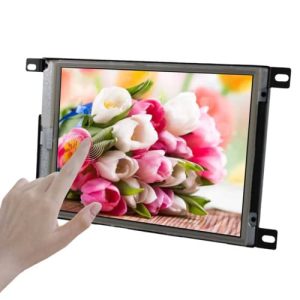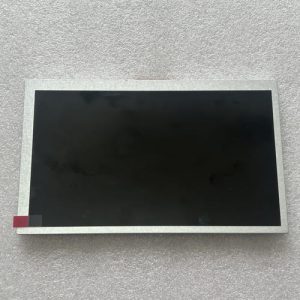More about the product
* All sizes are optional! * Capacitive Touch/Resistive Touch optional! * Many installation methods are available! * Many interfaces, adapt to different devices! * Self-developed motherboard! * Optional with speaker! * More than 30,000 hours of service life! * Support OEM/ODM service! Customized packing box, customized LOGO on monitor. warranty.
Quality | Each item must be tested OK before shipping |
Discount | More quantity, larger discount |
MOQ | 1 pcs |
Payment | T/T, Western Union, MoneyGram, Escrow etc |
Package | Anti-static bag, Bubble bag, Carton box |
Delivery Time | In 1-3 working days after payment confirmed |
Shipping | DHL, EMS, Fedex, UPS, TNT, HK Post Air Mail etc |
Warranty | 90 days warranty |
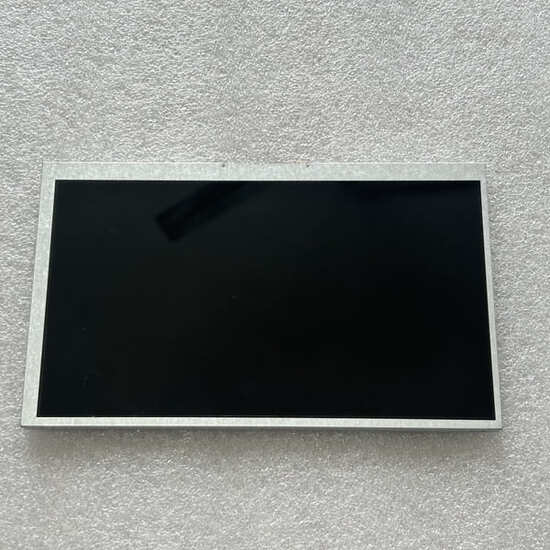
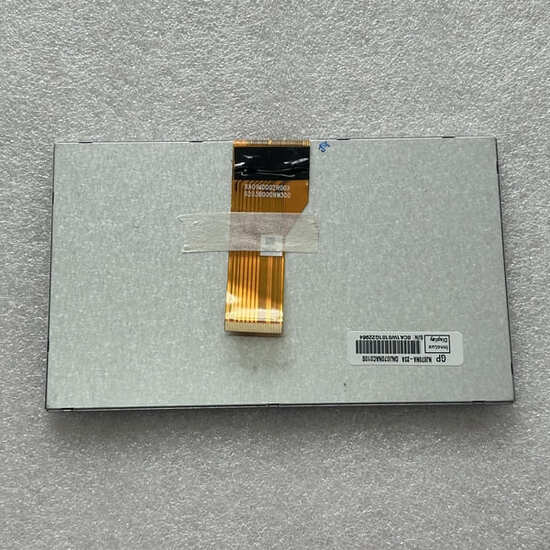
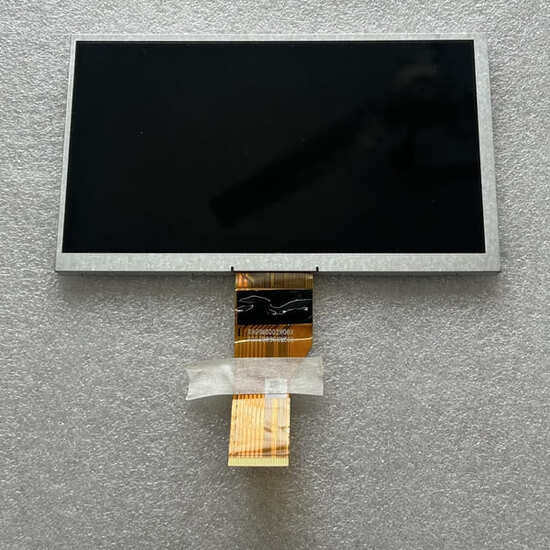
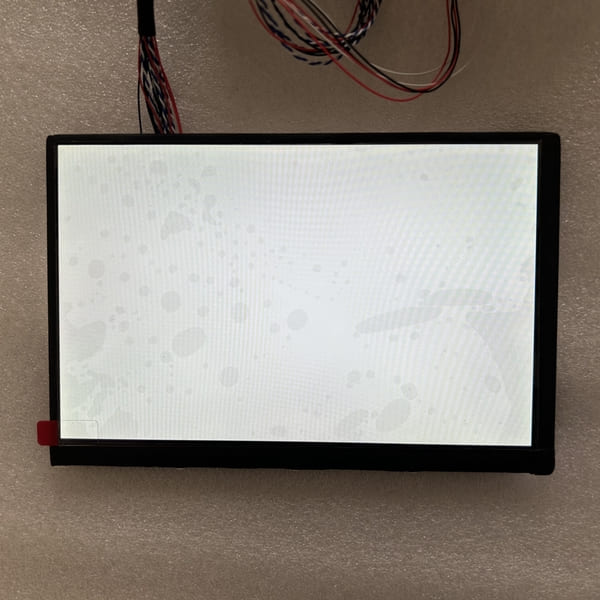
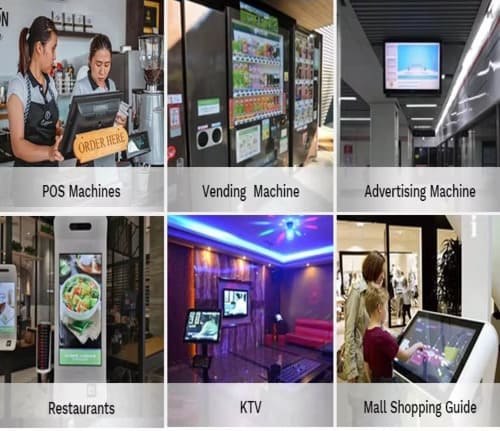
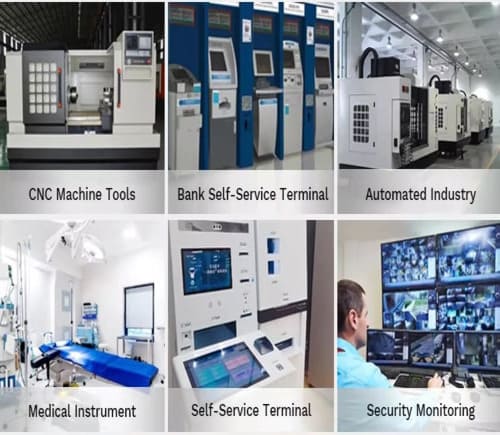
An LCD module is more than just the glass panel; it’s a complete, integrated unit ready for use in a device. Its features encompass its physical characteristics, electrical interface, visual performance, and environmental robustness.
1. Core Visual Performance Features
These features directly impact the quality of the image you see.
Resolution: The number of pixels (width x height) on the screen (e.g., 800×480, 1280×800, 1920×1080). Higher resolution means sharper images and more detail.
Display Size: Typically measured diagonally in inches (e.g., 3.5″, 7″, 10.1″).
Aspect Ratio: The ratio of width to height (e.g., 4:3, 16:9, 16:10). Modern displays are often widescreen (16:9).
Brightness (Luminance): Measured in nits (cd/m²). This determines how well the screen can be viewed in bright lighting conditions. Features include:
Standard Brightness: ~250-300 nits for indoor use.
High Brightness: 500-1000+ nits for sunlight-readable applications (outdoor kiosks, industrial panels).
Viewing Angle: The maximum angle at which the display can be viewed without significant color shift or contrast loss. Types of LCD technology define this:
TN (Twisted Nematic): Fast response but poor viewing angles.
IPS (In-Plane Switching): Excellent viewing angles (178°/178° is common) and color reproduction, making it the premium choice.
VA (Vertical Alignment): Good contrast and a middle ground between TN and IPS.
Contrast Ratio: The ratio between the brightest white and the darkest black. A higher ratio (e.g., 1000:1) means more depth and better image quality.
Backlight Type: The light source behind the LCD panel.
LED (Light Emitting Diode): Universal standard. Features low power consumption, long life, slim form factor, and no mercury.
CCFL (Cold Cathode Fluorescent Lamp): Older technology, now largely obsolete. Thicker, higher power consumption, and contains mercury.
Color Depth: The number of bits used to represent the color of a single pixel, determining how many colors can be displayed.
6-bit (262K colors): Standard for many smaller modules.
8-bit (16.7M colors): True color, standard for high-quality displays.
Interface can also dictate this (e.g., 24-bit RGB).
Response Time: The time it takes for a pixel to change from one color to another, measured in milliseconds (ms). Lower values (e.g., 5ms) are better for fast-moving video to prevent motion blur.
2. Physical and Mechanical Features
These define the module’s form factor and construction.
Outline Dimensions: The exact physical width, height, and depth (including the PCB and connectors) of the entire module.
Active Area: The actual area of the screen that displays the image.
Bezel: The frame around the display. Can be very narrow for modern, sleek designs or wider for industrial robustness.
Surface Treatment:
Polarizer: An anti-glare (matte) finish diffuses reflections, ideal for brightly lit environments.
Optical Bonding: A resin is applied between the touch panel and LCD, and sometimes between the LCD layers themselves. This reduces internal reflections, improves sunlight readability, increases durability, and prevents condensation.
Mounting: Includes holes and brackets for securing the module into a housing or device.
Weight: Important for portable and handheld applications.
3. Interface and Control Features
How the module connects to and is controlled by the main system (e.g., Arduino, Raspberry Pi, custom PCB).
Interface Type: How video data is sent to the module.
Parallel RGB/LVDS: Common in embedded systems and larger TFTs.
MIPI DSI: High-speed, low-power serial interface common in smartphones and modern SBCs.
SPI: Simple, low-speed interface used for small, monochrome, or low-color displays (e.g., 128×64 OLED-like, but also some color TFTs).
HDMI/MIPI DSI: Input for receiving direct video signals.
Controller Board (Driver IC): Most modules include a controller that handles the complex signals needed to drive the LCD. The main board only needs to send simple commands and data.
On-Chip Memory (GRAM): The controller has its own memory to hold the frame buffer, freeing up the main microcontroller’s resources.
Command Set: Most controllers accept standard commands (e.g., ST7789, ILI9341) which are well-supported by libraries.
4. Input and Touch Features
Many LCD modules integrate touch functionality.
Touch Panel Technology:
Resistive: Pressure-activated. Low cost, can be used with a stylus or glove, but less durable and only single-touch.
Capacitive (Projected Capacitive – PCAP): Finger-activated. Supports multi-touch gestures (pinch, zoom), high clarity, and is highly durable. The modern standard for consumer devices.
Touch Controller Interface: How touch data is sent back to the host (e.g., I²C, SPI).
5. Environmental and Reliability Features
Crucial for industrial, automotive, and medical applications.
Operating Temperature Range: The range of temperatures within which the module will function correctly (e.g., -20°C to +70°C for commercial, -40°C to +85°C for industrial/automotive).
Storage Temperature Range: The range for safe non-operation.
IP Rating (Ingress Protection): Rates the module’s protection against dust and water (e.g., IP65 for dust-tight and protection against water jets). This usually requires a special seal.
MTBF (Mean Time Between Failures): A reliability prediction, often in hours, indicating the expected operational life.
6. Additional Features
Built-in Features: Some modules include speakers, microphones, or light sensors.
Software Support: Availability of drivers, libraries (for Arduino, PlatformIO, etc.), and example code.

